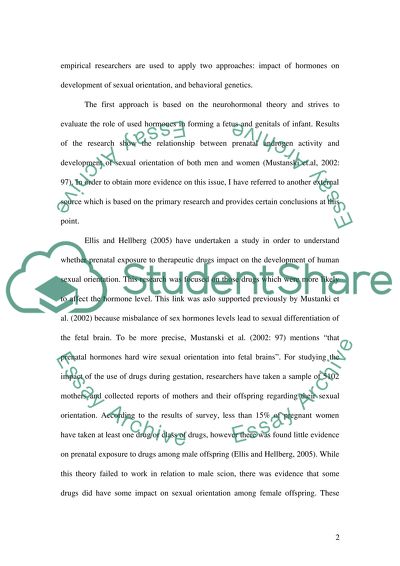Cite this document
(“The Development Of Diverse Sexual Orientations In Humans Begets Only Research Paper”, n.d.)
Retrieved from https://studentshare.org/gender-sexual-studies/1439727-the-development-of-diverse-sexual-orientations-in-humans-begets-only-new-versions-rather-than-presents-a-universal-explanation
Retrieved from https://studentshare.org/gender-sexual-studies/1439727-the-development-of-diverse-sexual-orientations-in-humans-begets-only-new-versions-rather-than-presents-a-universal-explanation
(The Development Of Diverse Sexual Orientations In Humans Begets Only Research Paper)
https://studentshare.org/gender-sexual-studies/1439727-the-development-of-diverse-sexual-orientations-in-humans-begets-only-new-versions-rather-than-presents-a-universal-explanation.
https://studentshare.org/gender-sexual-studies/1439727-the-development-of-diverse-sexual-orientations-in-humans-begets-only-new-versions-rather-than-presents-a-universal-explanation.
“The Development Of Diverse Sexual Orientations In Humans Begets Only Research Paper”, n.d. https://studentshare.org/gender-sexual-studies/1439727-the-development-of-diverse-sexual-orientations-in-humans-begets-only-new-versions-rather-than-presents-a-universal-explanation.


